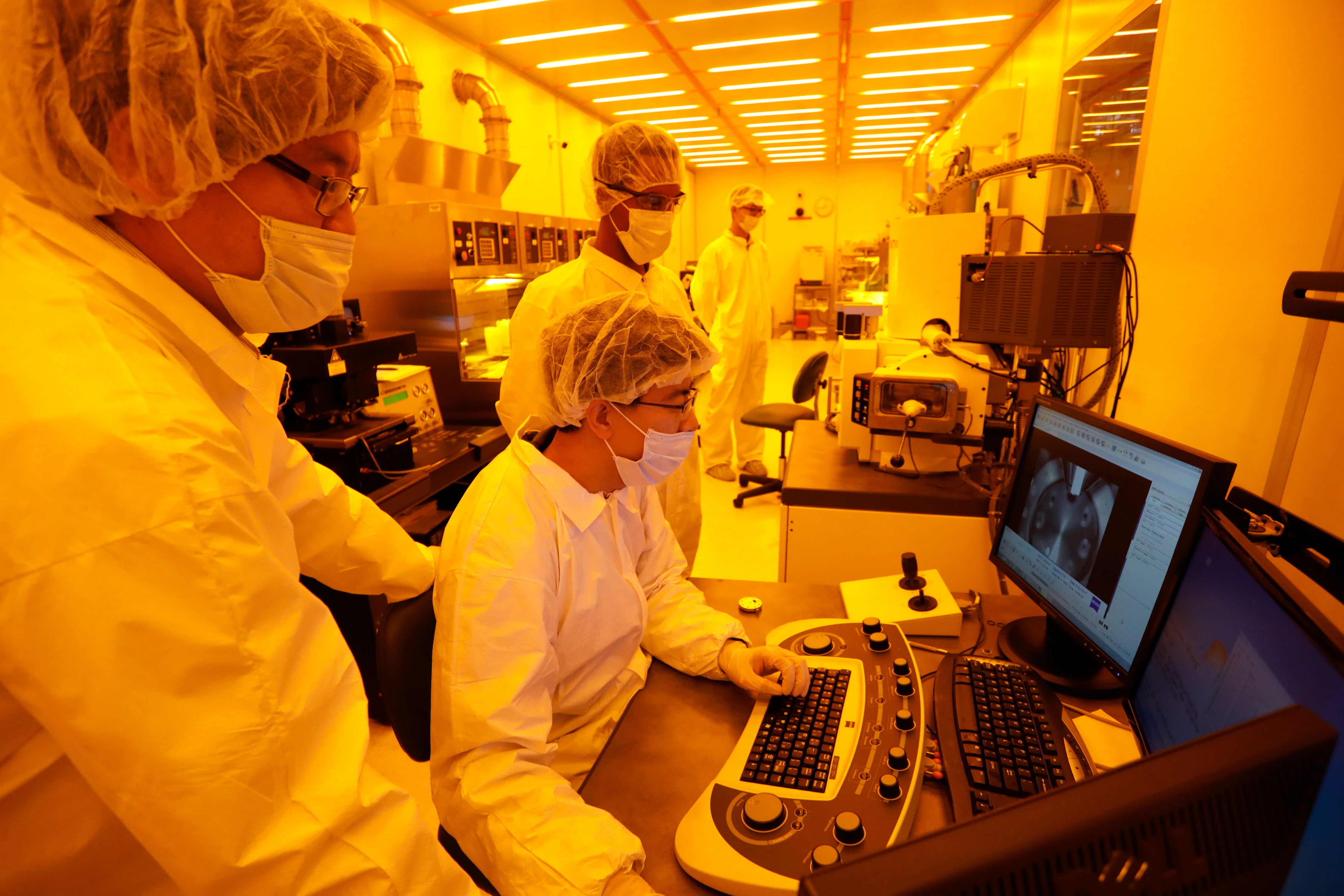Balandin Group Expertise NDL & POEM
The mission of the Nano-Device Laboratory (NDL) team is experimental and theoretical investigation of properties of nanostructures and low-dimensional materials with the goal of developing novel nanoscale devices for electronic, optical and energy conversion applications.
The mission of the Phonon Optimized Engineered Materials (POEM) Center is experimental and theoretical investigation of phonon properties of advanced materials and development of innovating methods for controlling phonon transport with applications in electronics, optoelectronics and direct energy conversion.
Balandin Group’s expertise covers a broad range of topics from solid-state physics to experimental investigation of advanced materials and devices with applications in nano-electronics and energy conversion. The synergy among different research directions is in the focus on spatial confinement induced effects in advanced materials, and on phonons – quanta of crystal lattice vibrations. The main areas of expertise include: (i) Raman and Brillouin – Mandelstam light scattering spectroscopy; (ii) nano-fabrication and testing of electronic devices with 2D and 1D materials; (iii) low-frequency electronic noise spectroscopy; (iv) thermal characterization of materials. A wide range of research topics, allowed each group member to find a project, which meets his/her educational background, research interests and career expectations.





